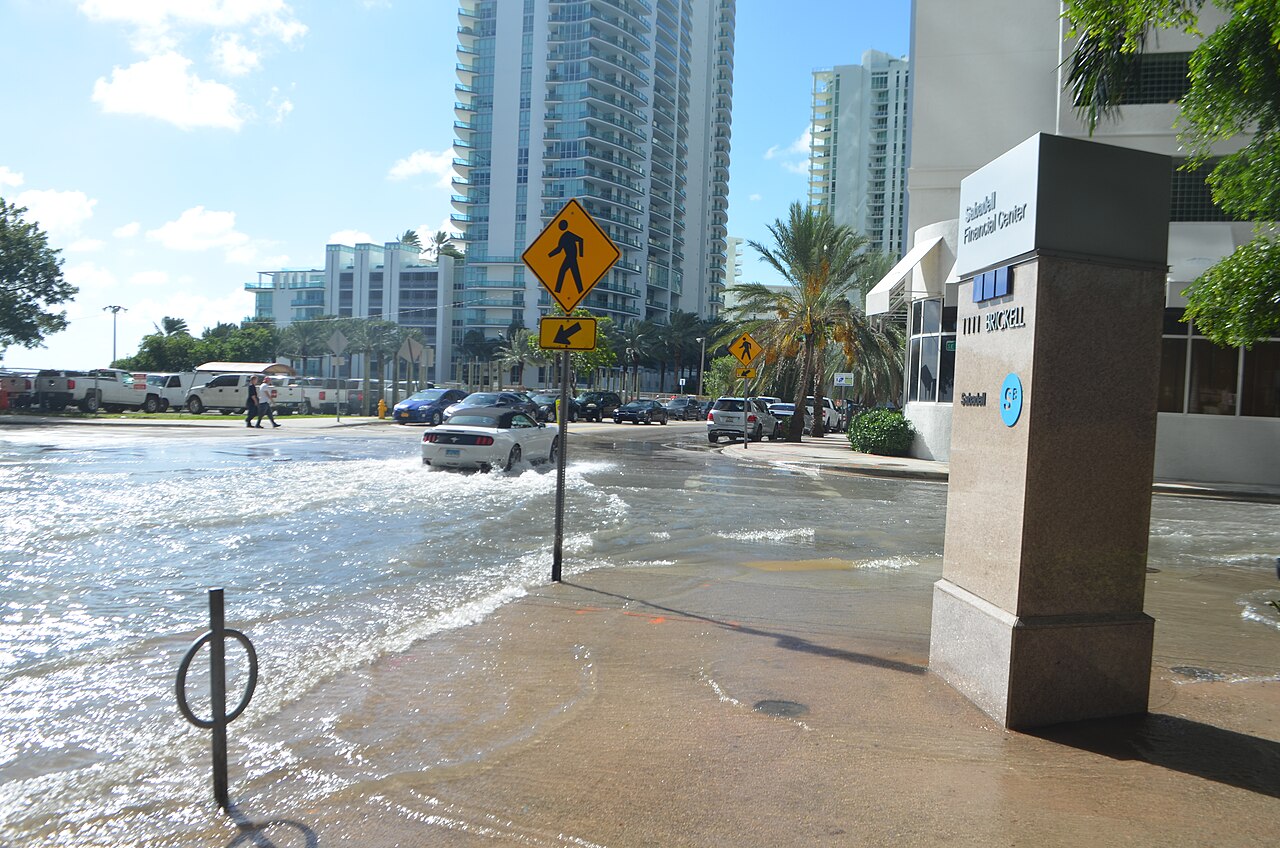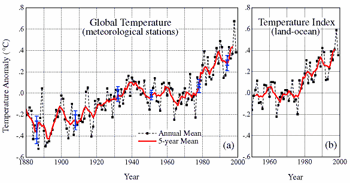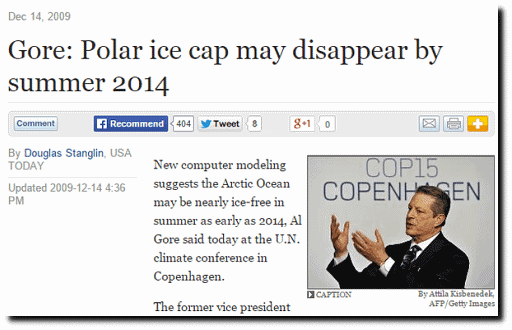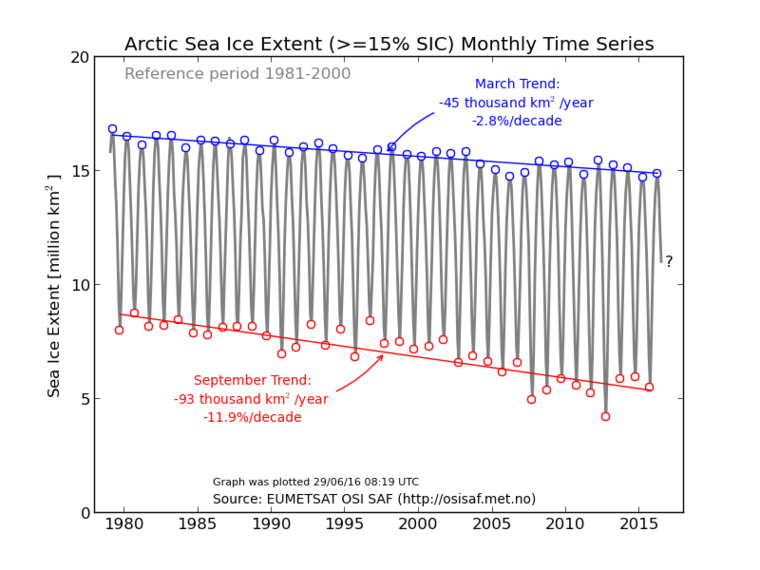Ka-pi96 said:
I'm pretty sure that's Venice actually. |
Nope, sea level is rising much, much faster on the US east coast than in the Adriatic (Edit: 19mm/year on the east coast compared to a mean value of 3mm/year worldwide due to hot spots which accelerate the rise a lot there). The problem with Venice is actually not sea level rise, but the pillars the city is resting upon are slowly sinking down, hence why apart from a dike around the Laguna, they are more focused on strengthening the ground below the city by pumping some concrete and metal pillars into it. Miami is even more at risk since unlike Venice, you can't build any kind of dike here. Plus, the limestone the city is built upon is very porous, meaning water comes in from below and causes some subsiding, too. And if that wasn't enough, the water also comes in from behind, through the Everglades. In other words, Not just is Miami at risk of sinking into the sea (well, sea taking over the land where the city is), but it's water supply is more and more endangered.
Also, this is what Miami already looks like during a King tide:

Not that much different to Venice, ain't it?
Last edited by Bofferbrauer2 - on 15 February 2020The Nintendo eShop rating Thread: http://gamrconnect.vgchartz.com/thread.php?id=237454 List as Google Doc: https://docs.google.com/spreadsheets/d/1aW2hXQT1TheElVS7z-F3pP-7nbqdrDqWNTxl6JoJWBY/edit?usp=sharing
The Steam/GOG key gifting thread: https://gamrconnect.vgchartz.com/thread/242024/the-steamgog-key-gifting-thread/1/
Free Pc Games thread: https://gamrconnect.vgchartz.com/thread/248138/free-pc-games/1/


























































